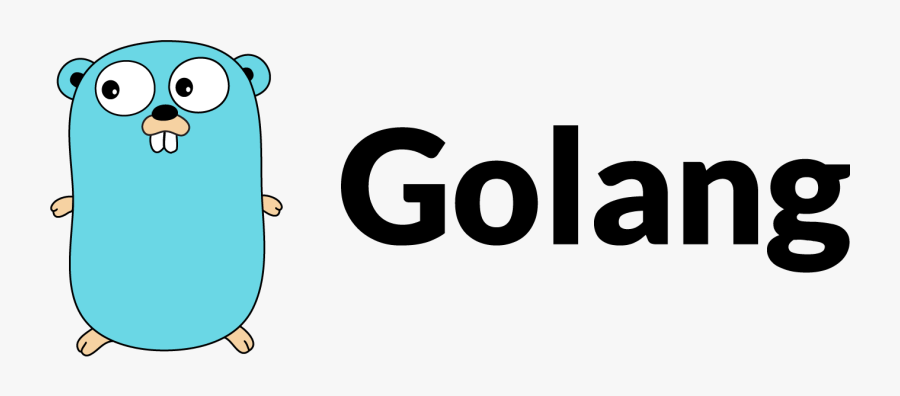Setting up a Go package structure for a combined library and CLI tool

I've recently been building a Go CLI for Micropub, and as part of it, I've been developing both the command-line interface, and a generic library interface.
As I started on the journey to build both sides of this, I needed to work out how to structure the packages, especially as someone new to the ecosystem. I wanted the CLI and library to sit within the same repo, but it took a bit of figuring out and I didn't see any posts that explained what I needed.
I was able to follow the way that microformats works, and thought I'd prepare a sample project and blog post to explain it.
The library structure
This is the simplest piece, because you're likely already used to the structure, and will have all the library files in the top-level of the repo:
library.go
Remember to set the package to the module name from the go.mod, so consumers can import the library correctly!
For instance, for the following go.mod:
module hacking.jvt.me/libcli
We would have the following package declaration at the top of source files:
package libcli
// ...
The CLI
A convention I've seen around the Go ecosystem is to have any CLI items put under an overarching cmd folder, and then have a sub-folder for each CLI.
For instance, if we want to build a CLI called os, we would create:
cmd/os/main.go
The biggest issue here for me was that the main package needs to be used for these, and a main function needs to be added:
package main
import (
"fmt"
"hacking.jvt.me/libcli"
)
func main() {
fmt.Printf("Hello from %s\n", libcli.EchoInfo())
}
But one thing that took a bit of time to work out fully is that each CLI tool needs to have a package main, otherwise no executable is built.
I've also found that to build the cmds in this structure you need to run:
$ go build ./cmd/os
At which point, ./os is usable from the repo root.
